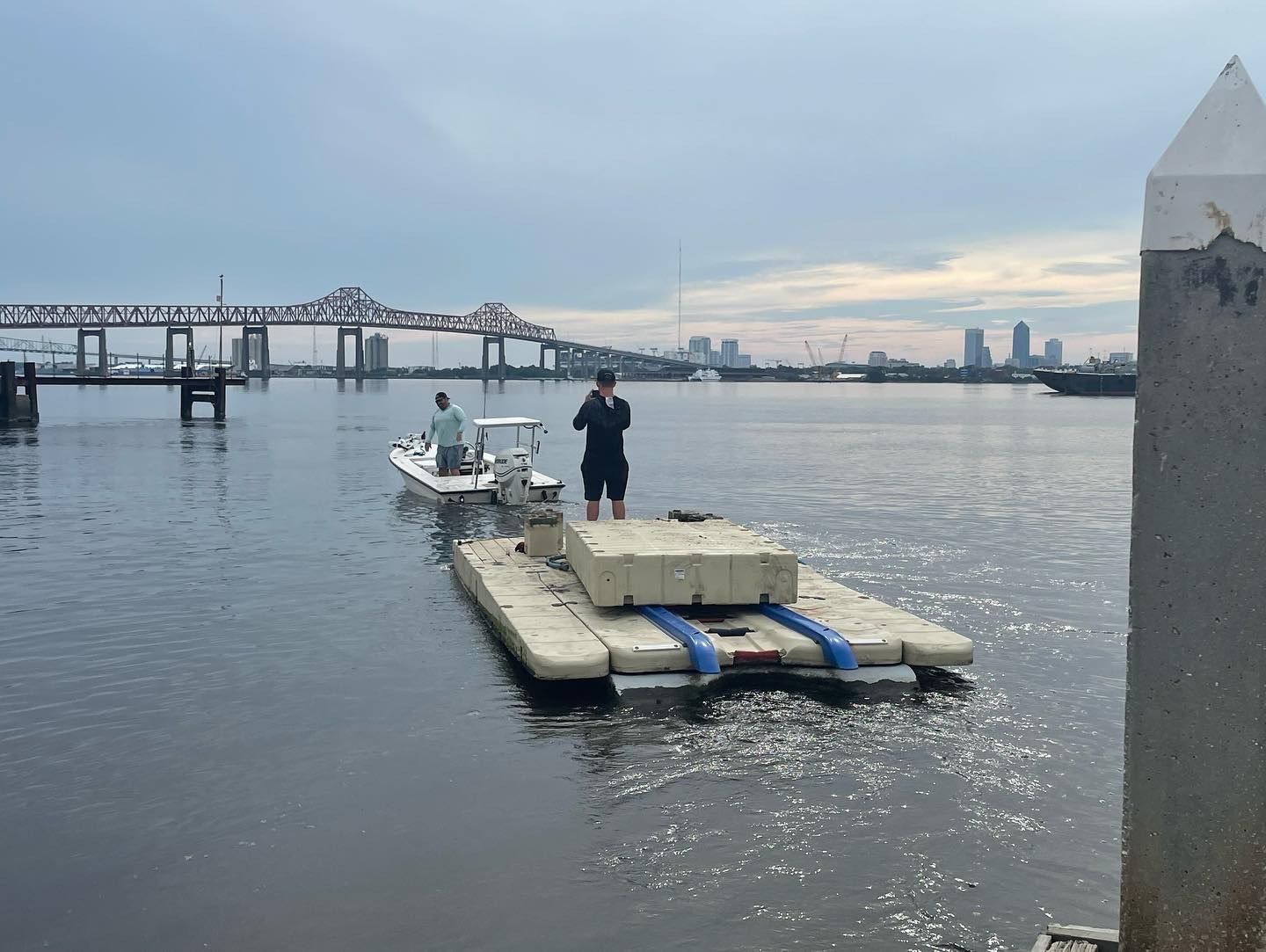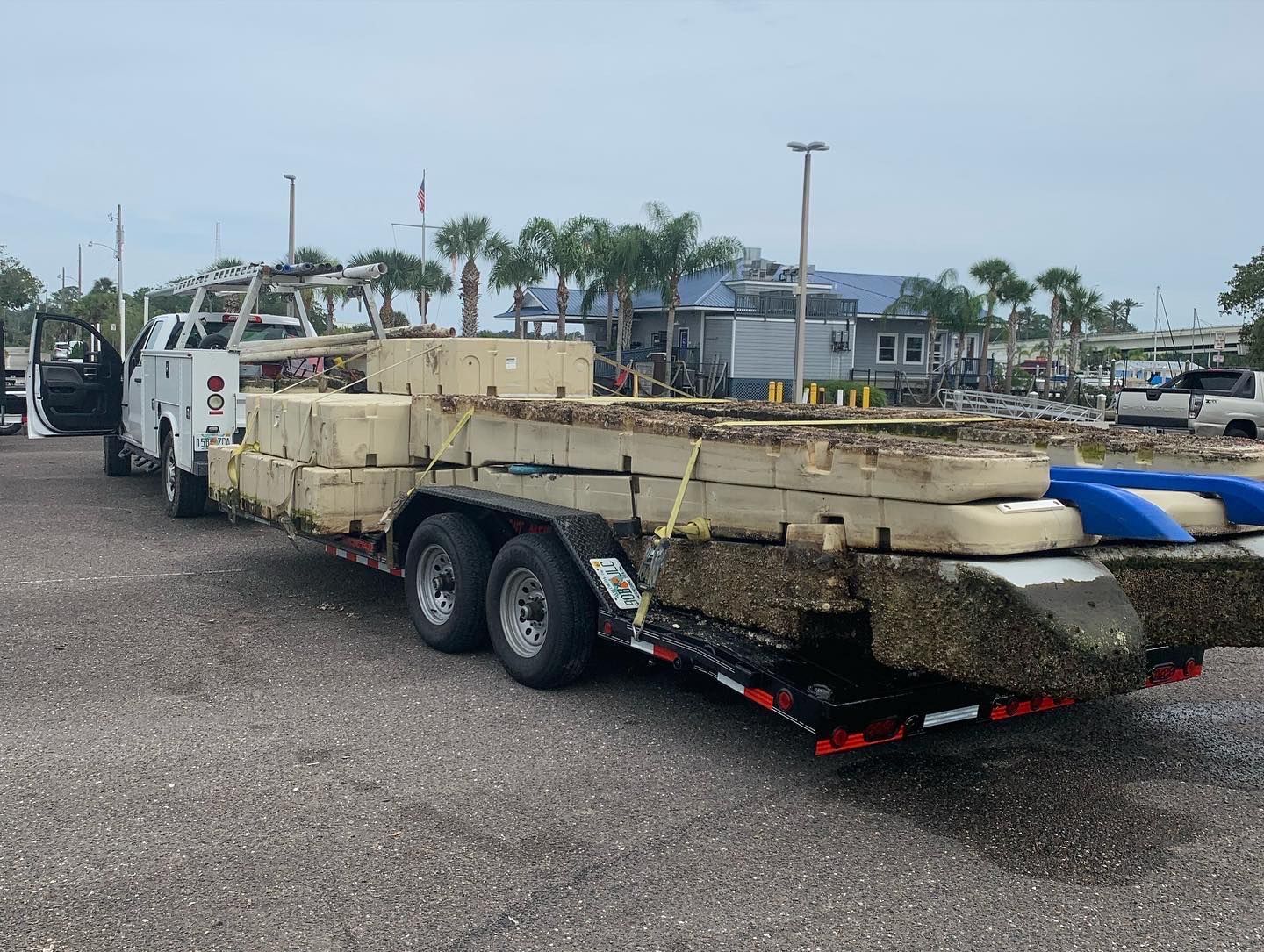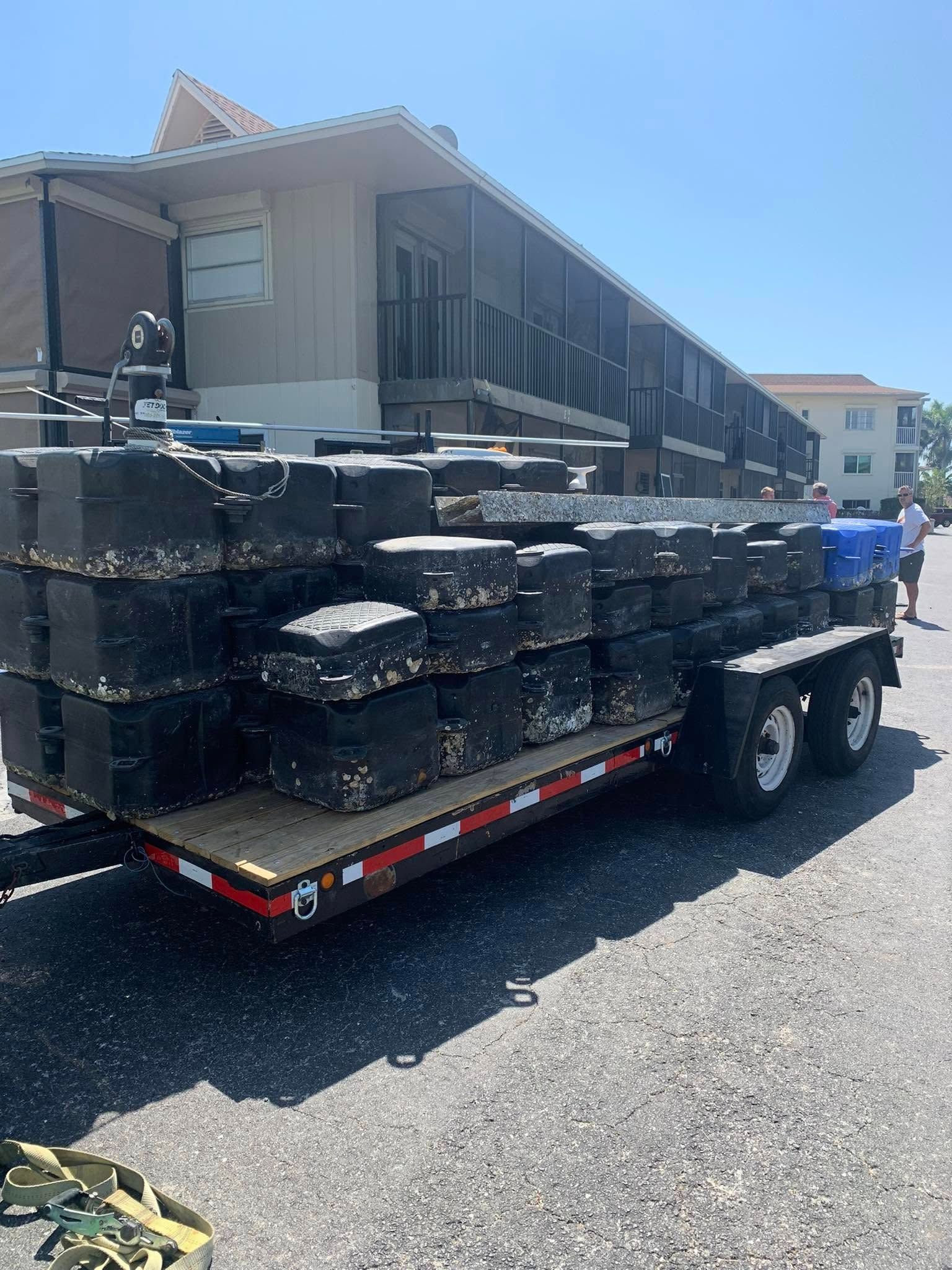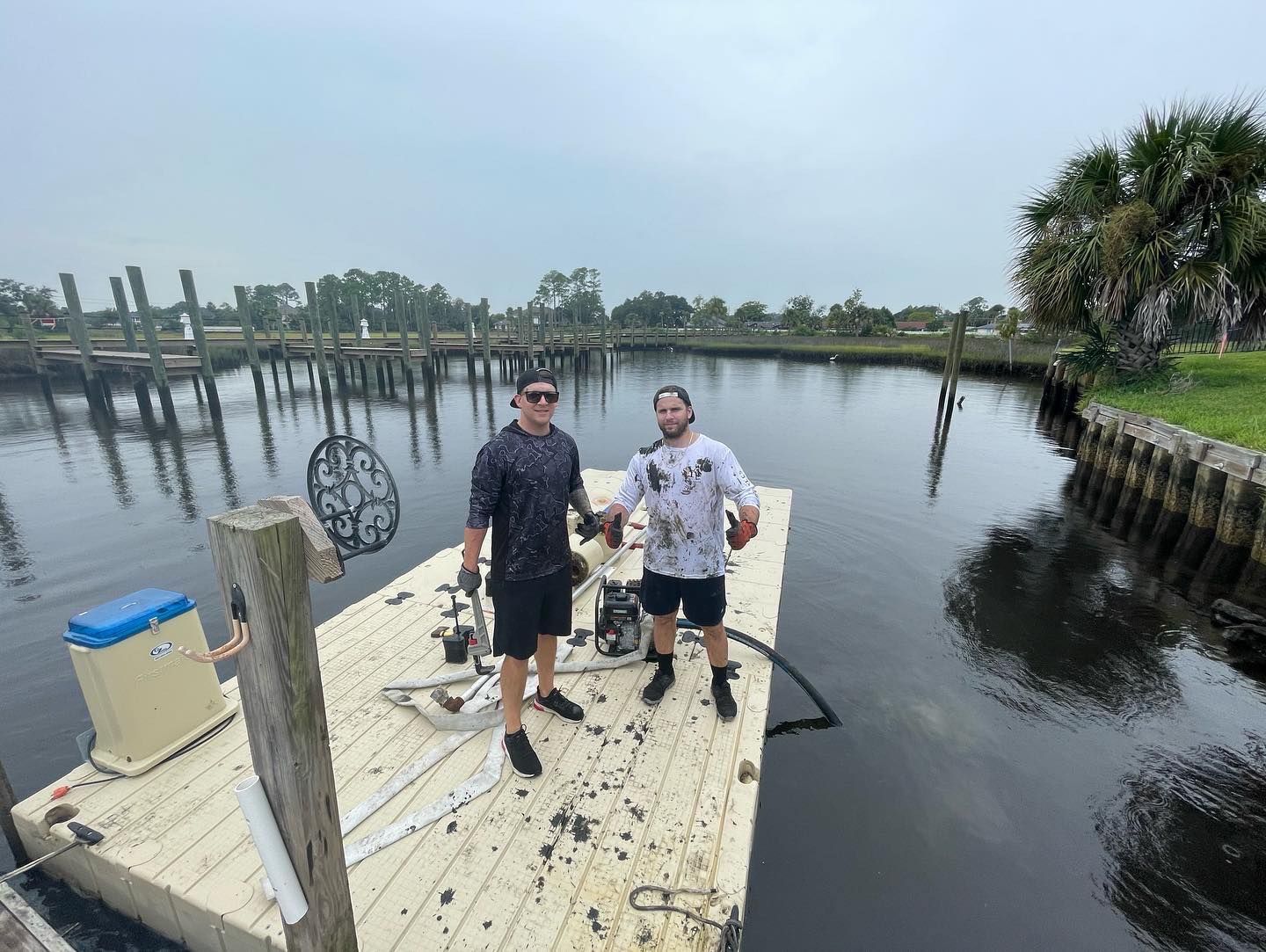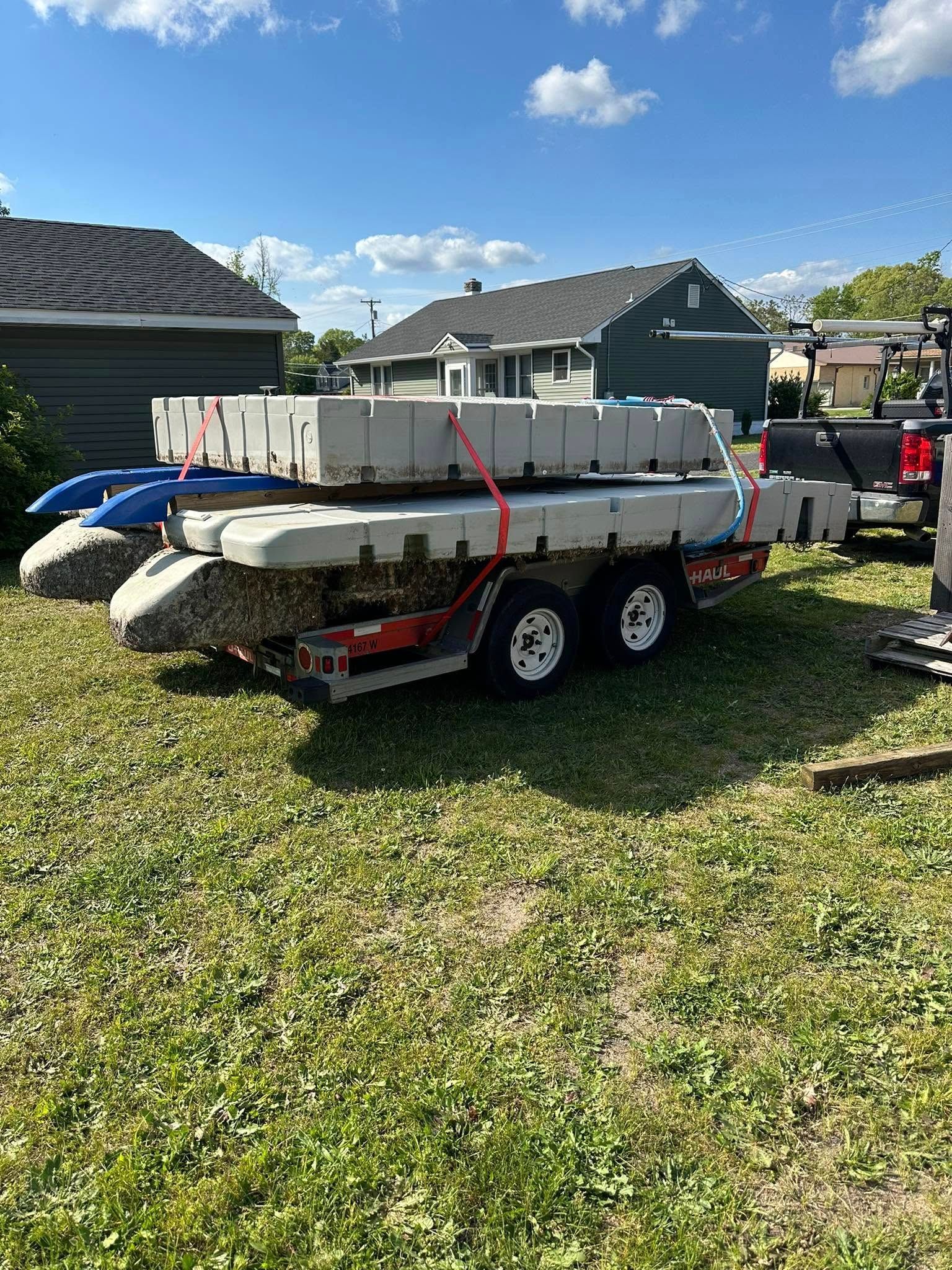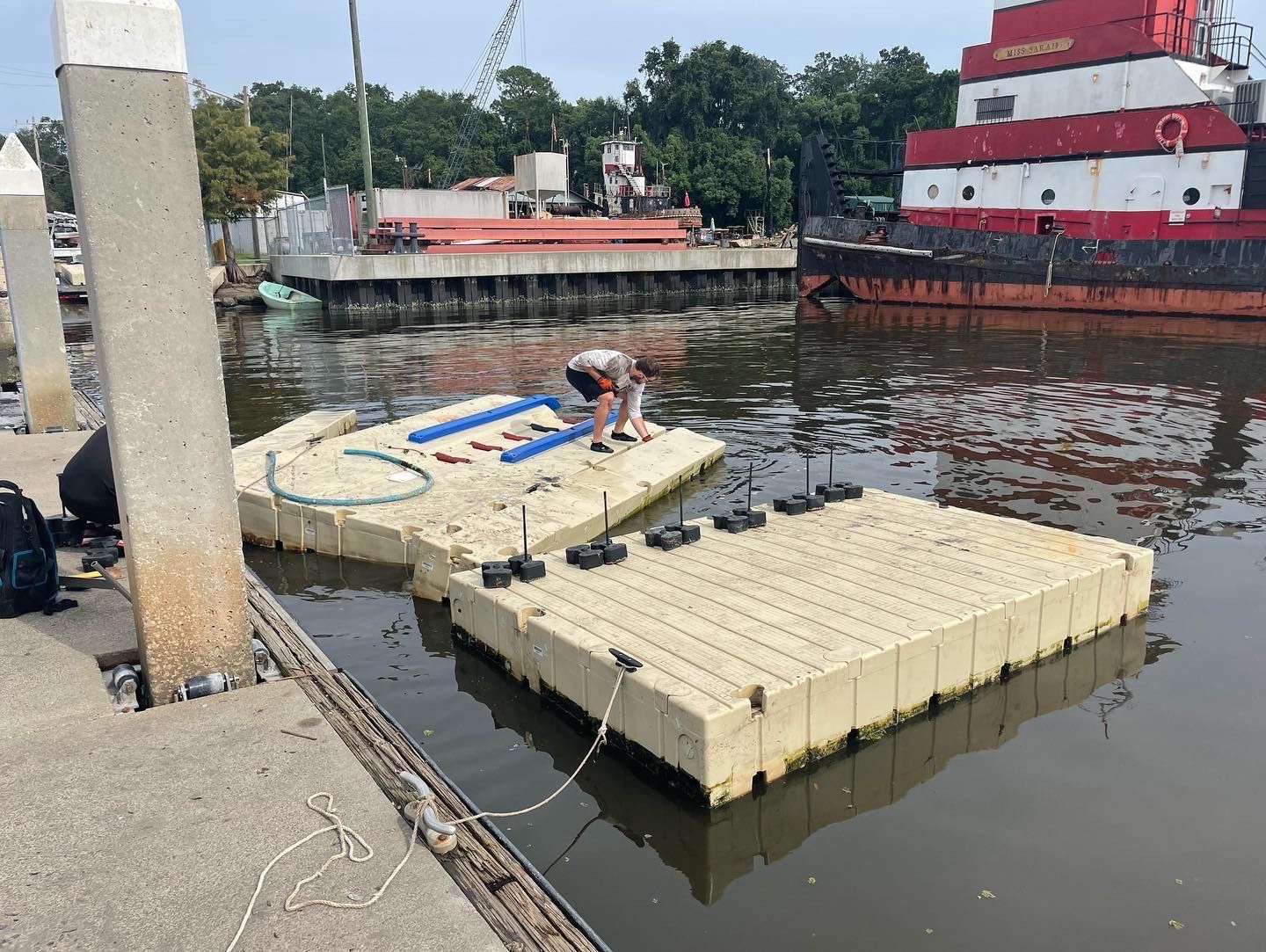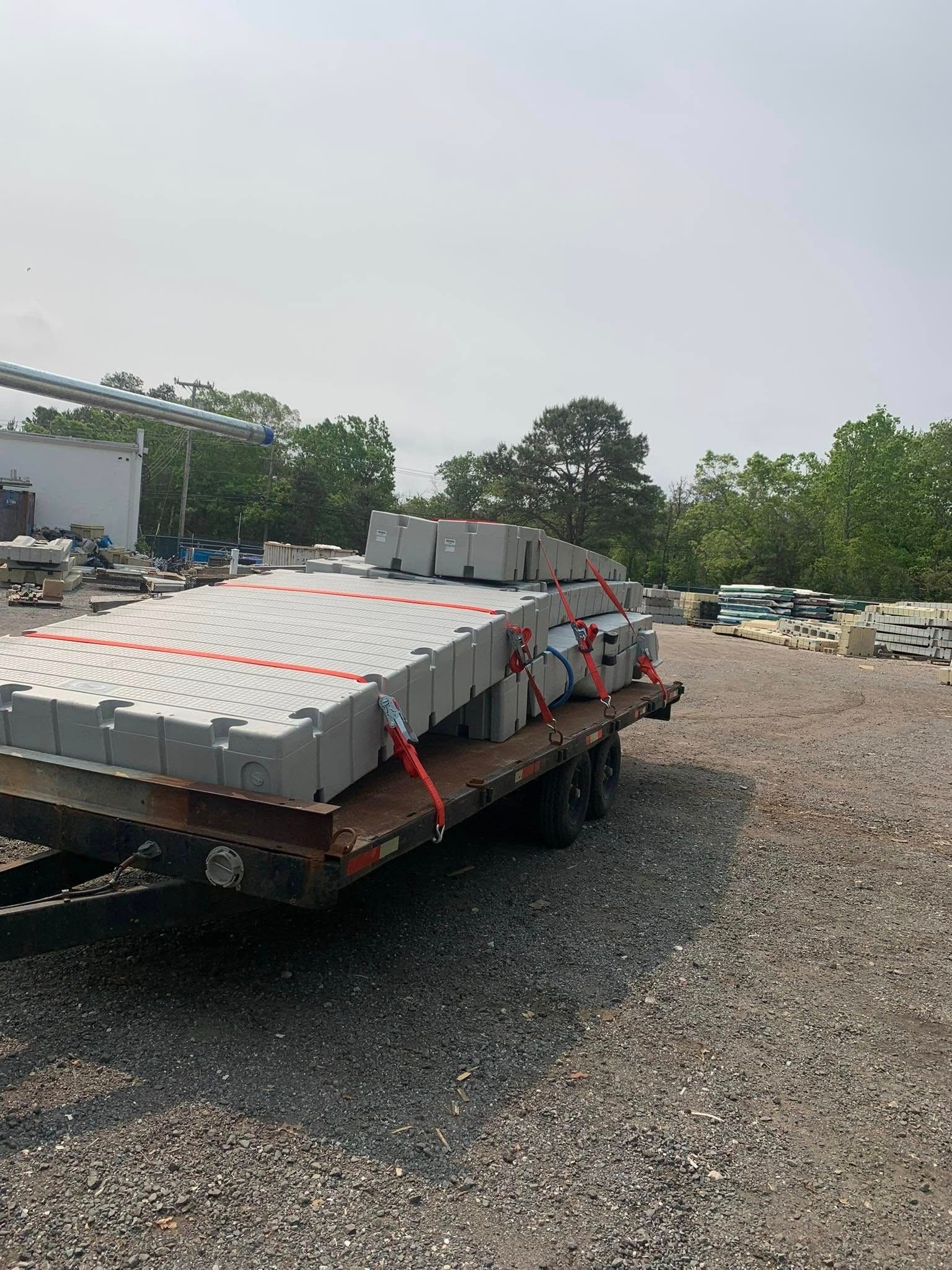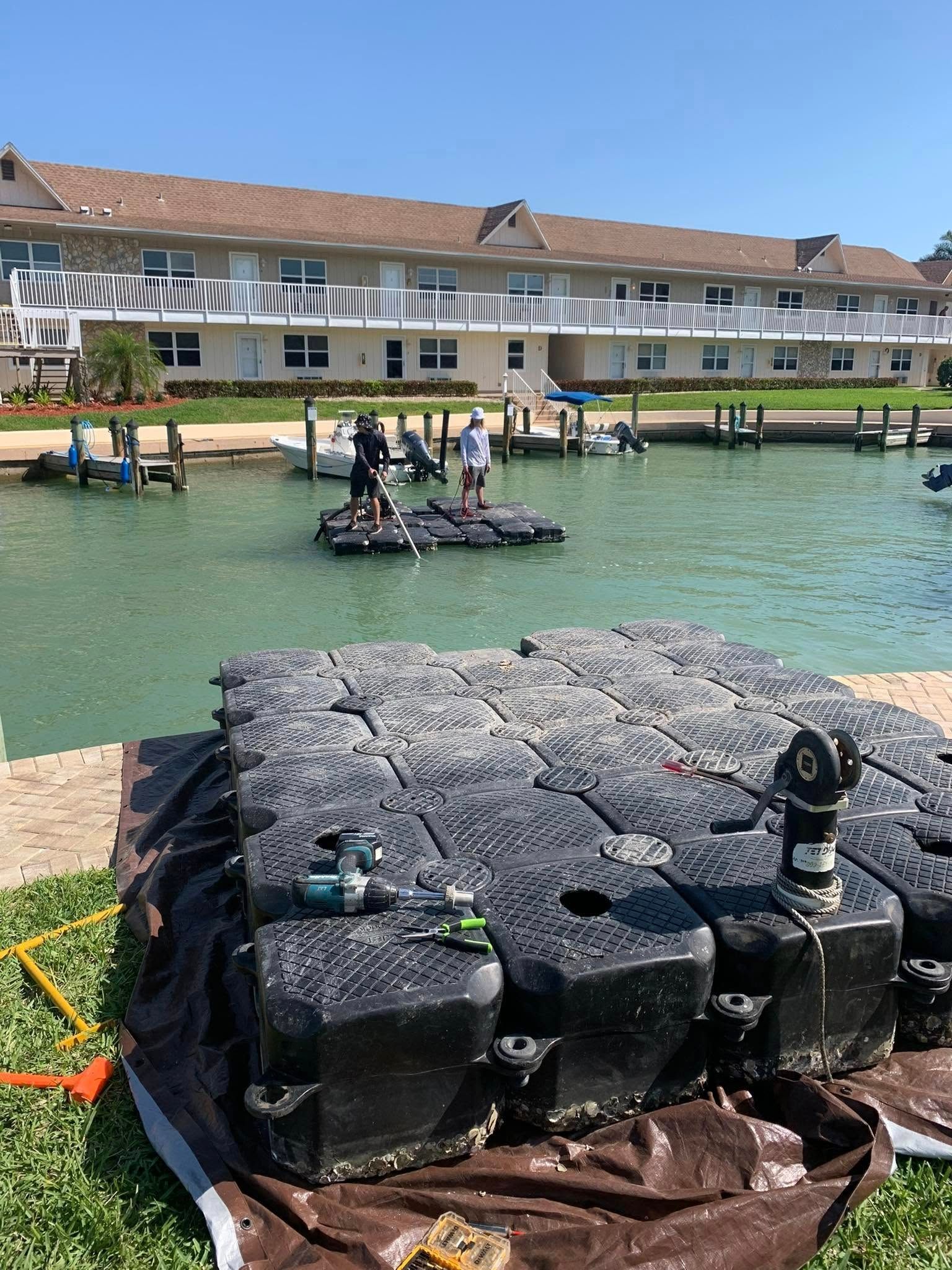Dock Removal & Transportation
Dock Removal & Transportation
For many waterfront homeowners, a dock is more than just a structure; it's a gateway to aquatic adventures, a place for serene relaxation, and a valuable addition to their property. However, the time may come when your dock needs to be removed – perhaps due to damage, relocation, or simply a need for an upgrade. The process of dock removal and transportation can be complex and requires careful planning and execution. This guide will shed light on the process, helping you navigate the challenges and ensure a smooth transition.
Why Remove a Dock?
Understanding the reasons for dock removal is the first step. Common motivations include:
- Damage: Weather, age, and accidents can all take their toll on docks. Rotting wood, corroded metal, or structural damage may necessitate removal for safety reasons.
- Relocation: Moving to a new property or wanting to reposition your dock to a different area requires disassembly and transport.
- Upgrades: Replacing an old, outdated dock with a newer, more functional model is a common reason for removal.
- Non-Use: If a dock is no longer used and is becoming a maintenance burden, removal can be a sensible option.
- Selling your Dock: Looking to sell your dock we can help you with marketing reselling removing and installation to your new home
Get a Quote Now
Thank you for contacting us.
We will get back to you as soon as possible.
We will get back to you as soon as possible.
Oops, there was an error sending your message.
Please try again later.
Please try again later.
Before diving into Dock Removal, assess the extent of the damage. Minor issues like small cracks or loose hardware might be easily fixed with some DIY know-how. However, severe damage, extensive structural problems, or issues affecting buoyancy are best left to professionals.
When to Call a Professional:
- Significant Structural Damage: If the dock is severely cracked, warped, or has large holes, a professional removal is necessary. They have the expertise and tools to properly assess and remove the damage.
- Buoyancy Issues: If the dock is sinking or unstable, it could indicate water absorption or internal damage that requires professional attention.
- Complex Removals: Removals involving welding, custom fabrication, or replacement of major components are best left to experts.
- Warranty Considerations: Attempting DIY removal on a dock still under warranty could void the coverage.
Preventative Maintenance: Key to Longevity
The best way to avoid costly removal is through preventative maintenance. Here are some essential tips
- Regular Inspections: Inspect your dock regularly for signs of damage, wear and tear, and corrosion.
- Proper Docking: Practice safe and controlled docking techniques to avoid impact damage.
- Seasonal Storage: If possible, remove your dock from the water during the off-season to protect it from ice, storms, and prolonged exposure to the elements.
- UV Protection: Apply a UV protectant spray regularly, especially during the summer months.
- Cleanliness: Keep your dock clean and free of debris to prevent algae growth and maintain its appearance.
- Proper Mooring: Ensure your dock is securely moored to prevent it from drifting or colliding with other objects.
Conclusion:
By understanding the common issues that affect PWC floating docks, learning basic removal techniques, and implementing a regular maintenance schedule, you can extend the life of your dock, ensure its safety, and enjoy hassle-free access to your personal watercraft for years to come. Remember to assess the damage carefully and don't hesitate to call a professional when needed. Investing time and effort in your dock's upkeep will ultimately save you money and ensure you can continue to enjoy your time on the water.

